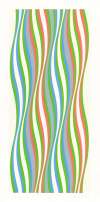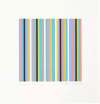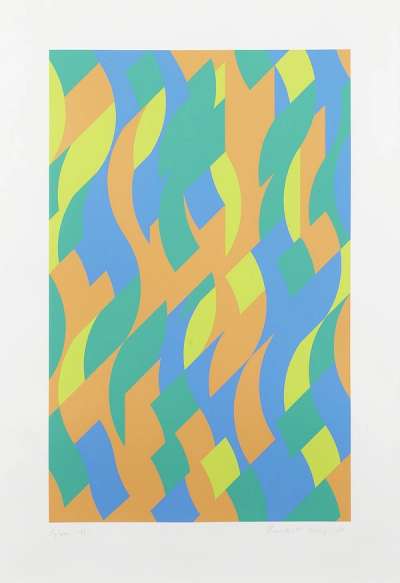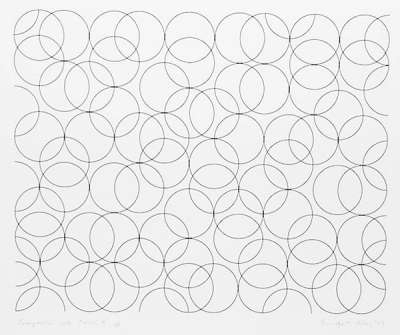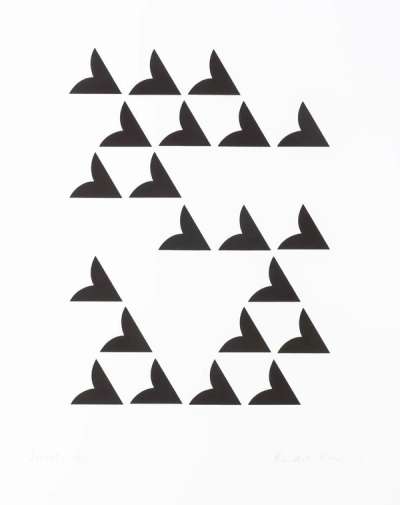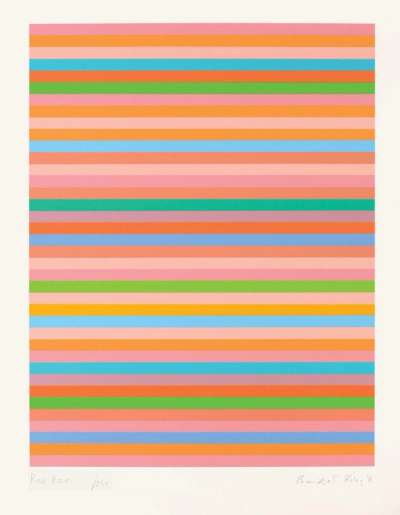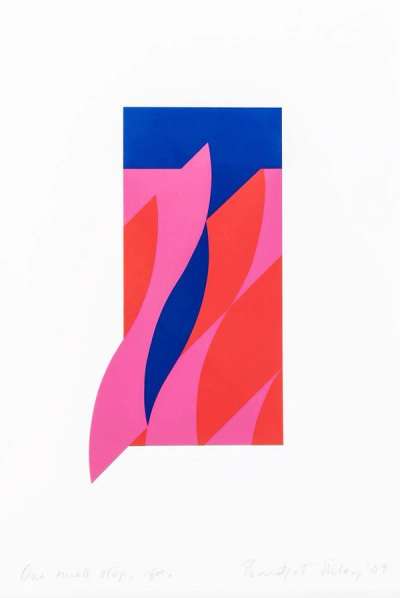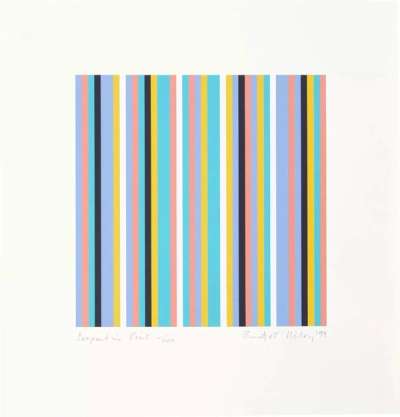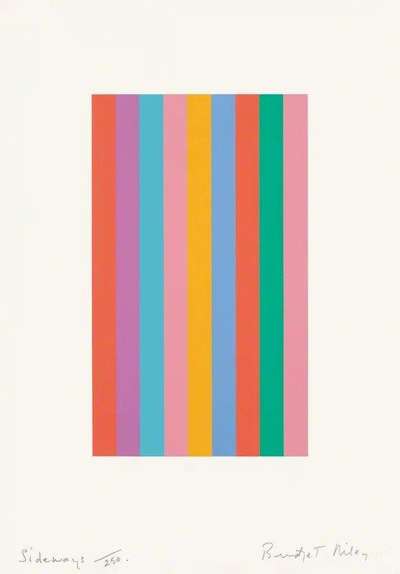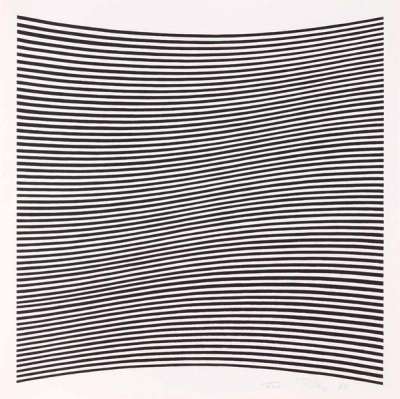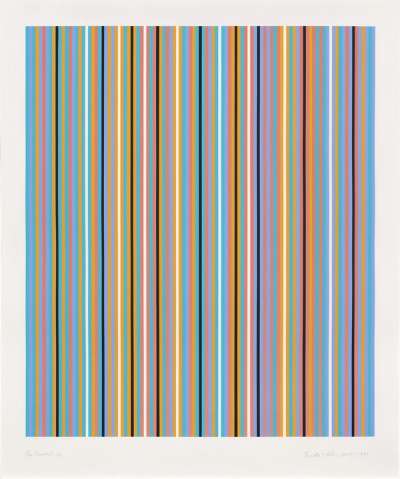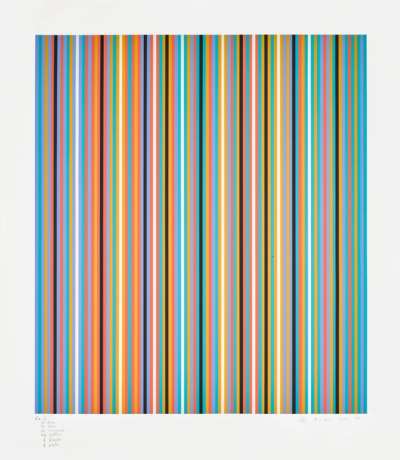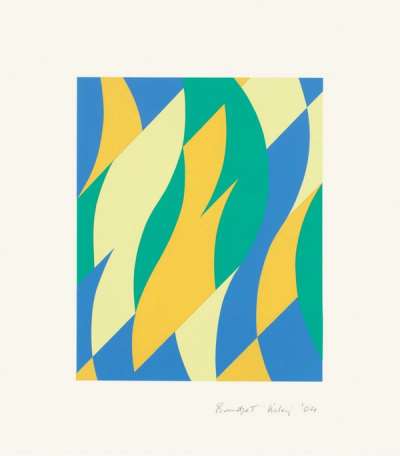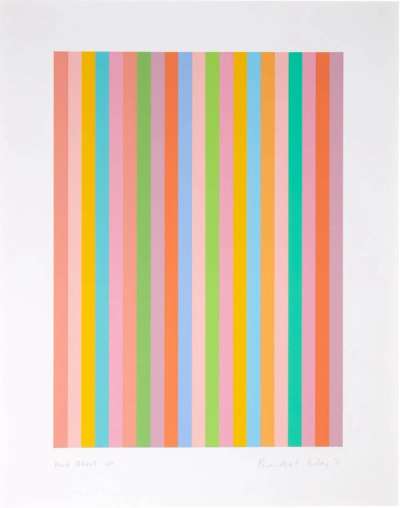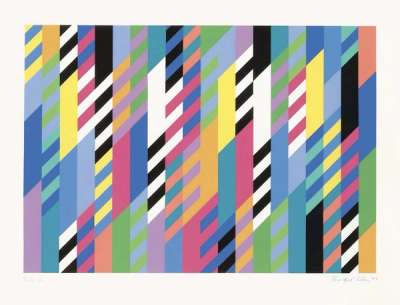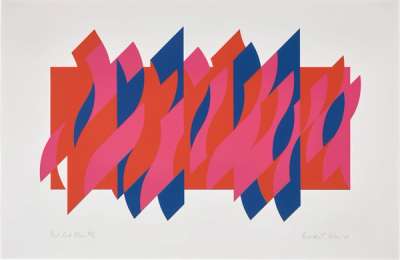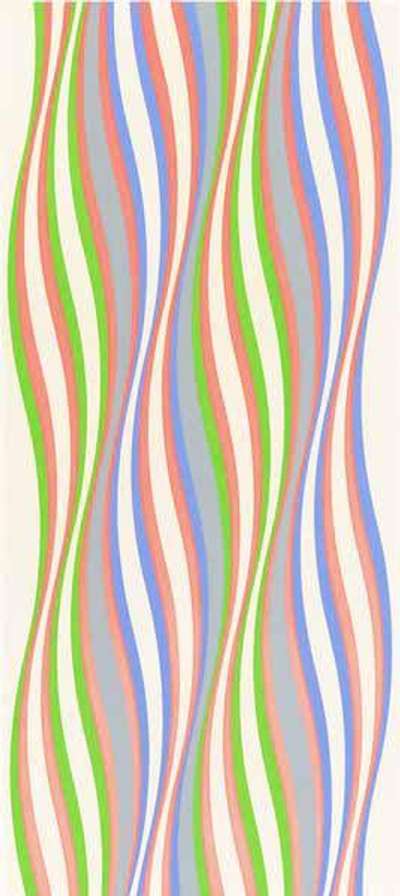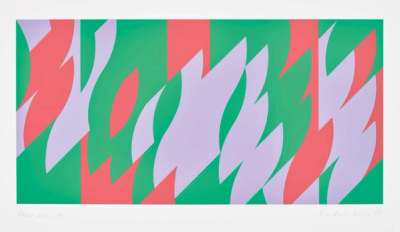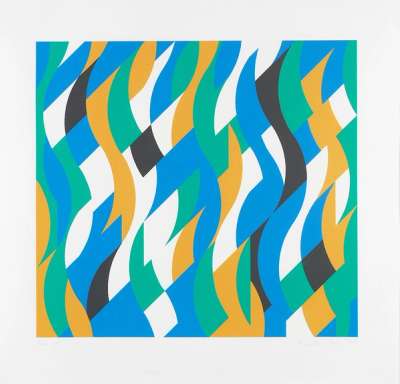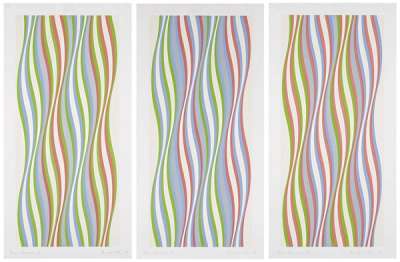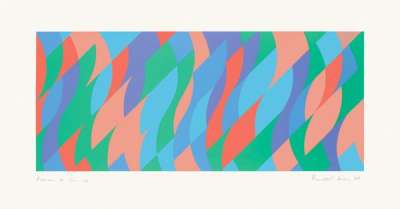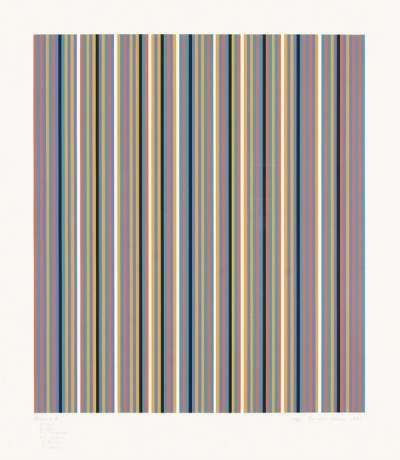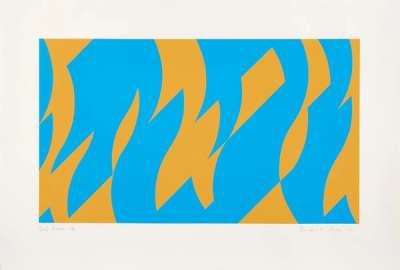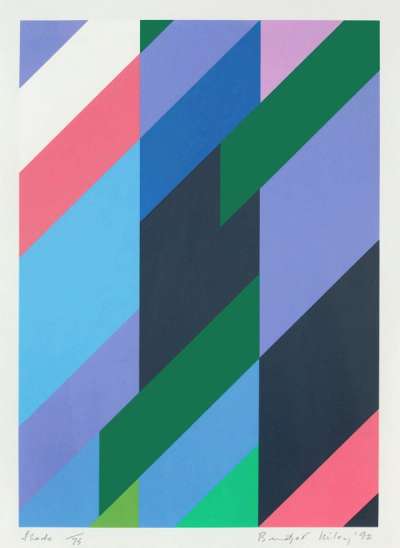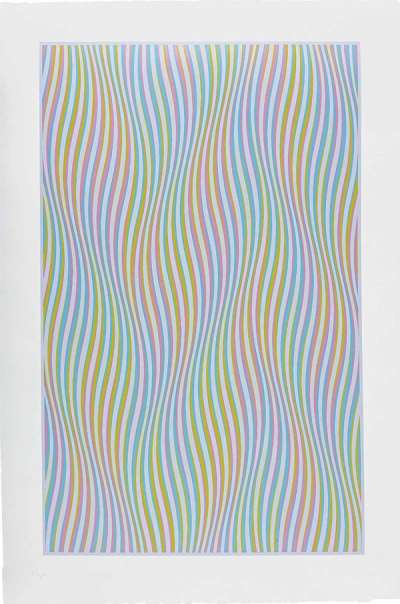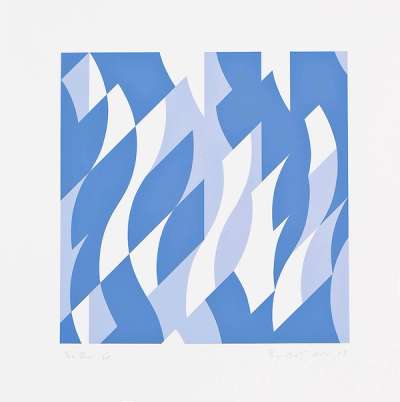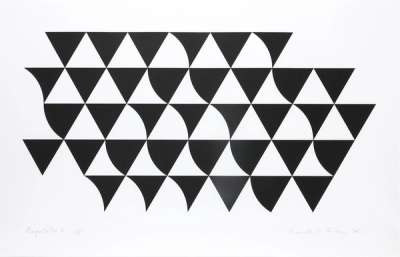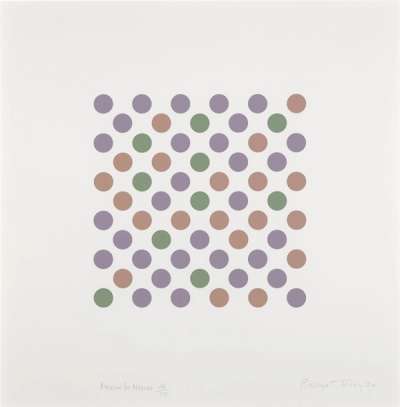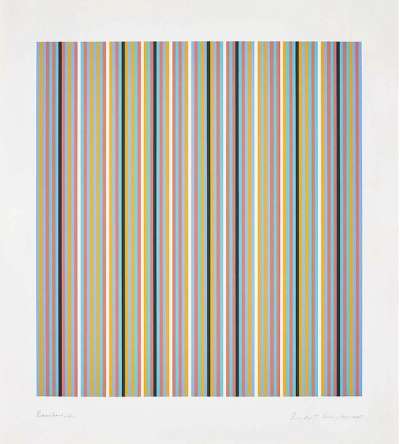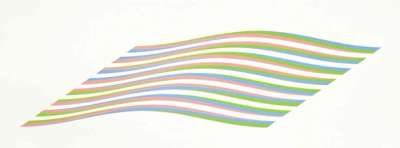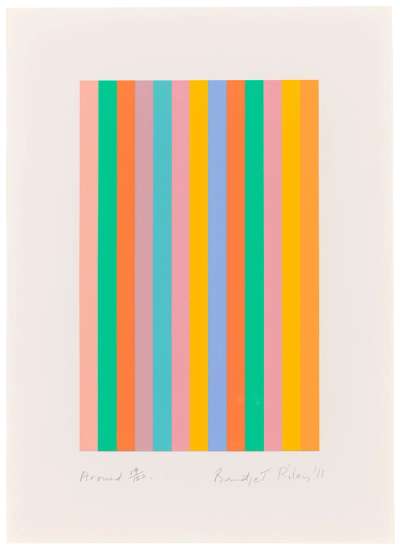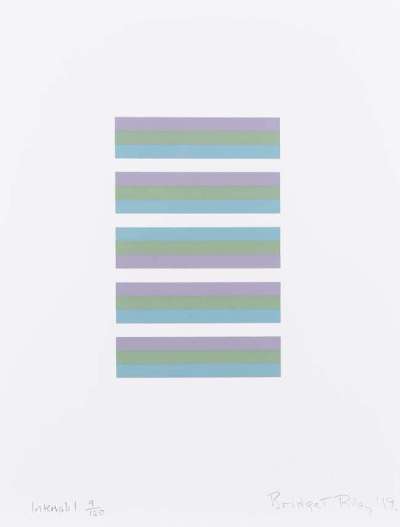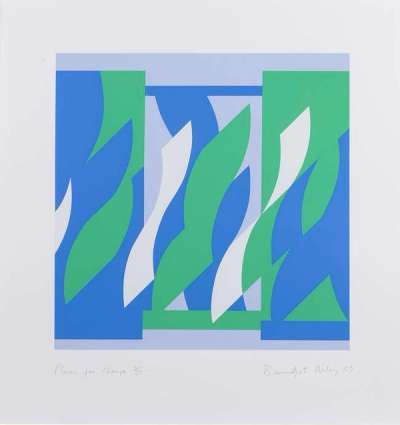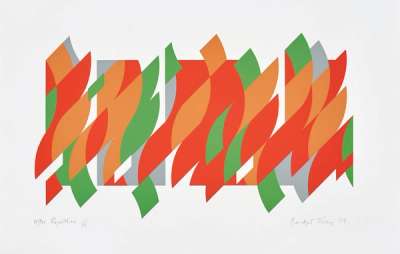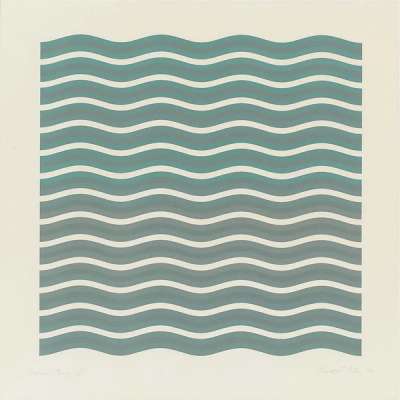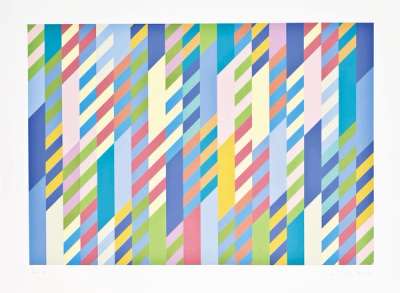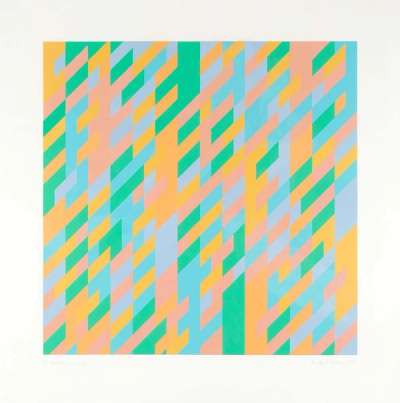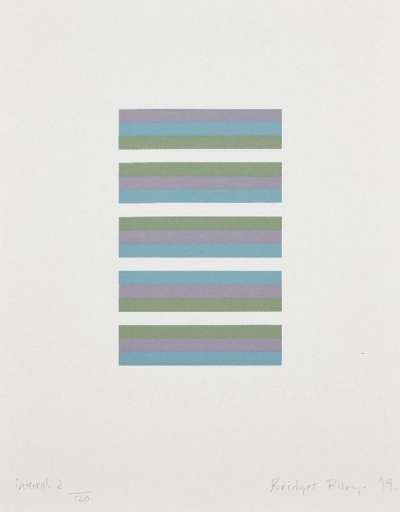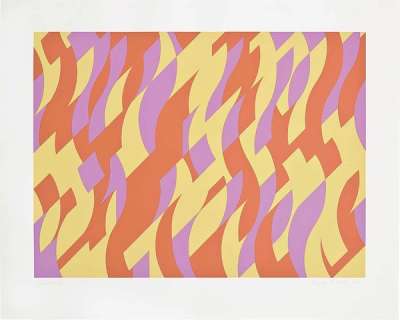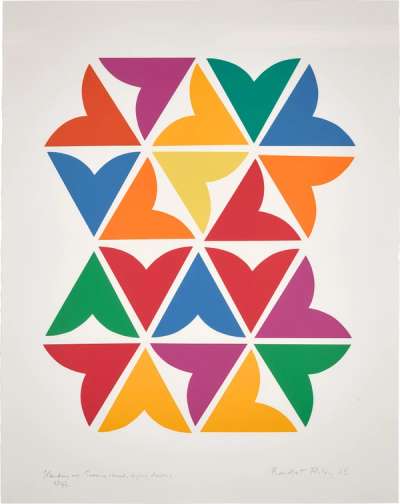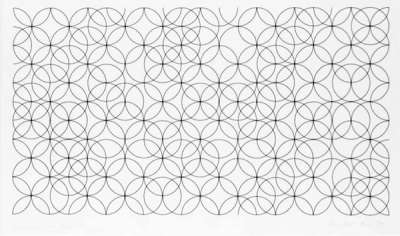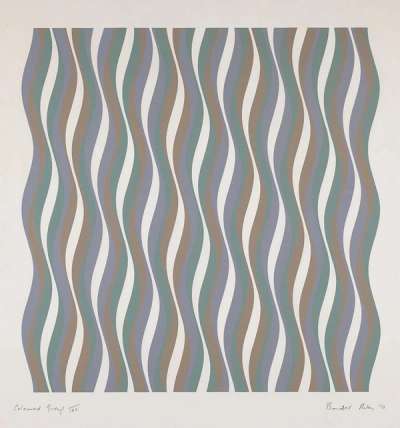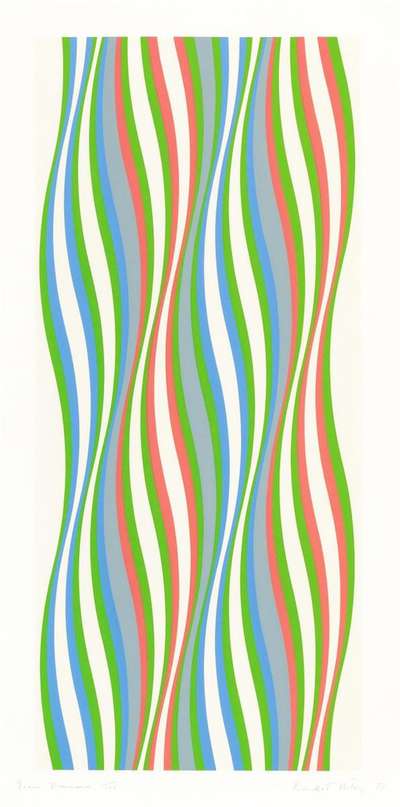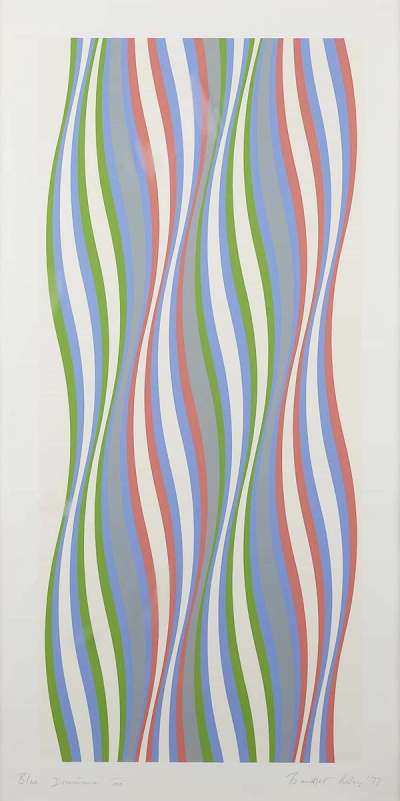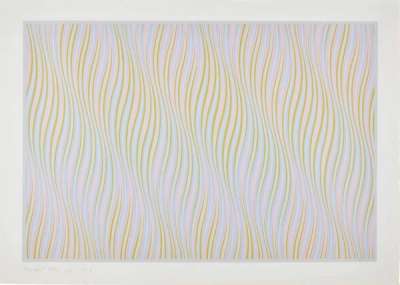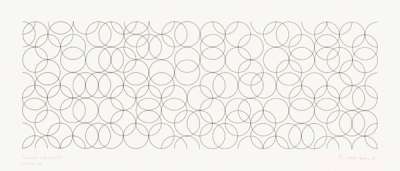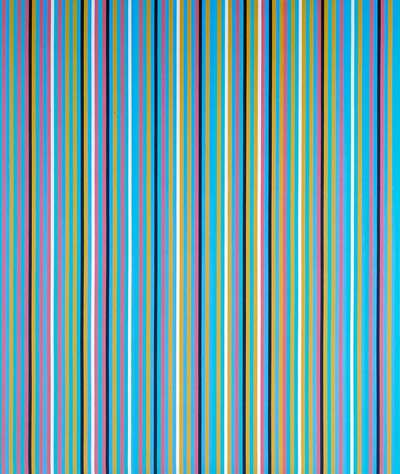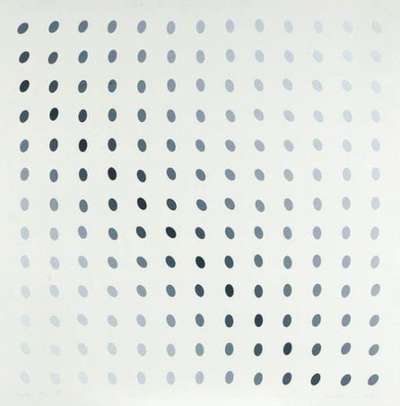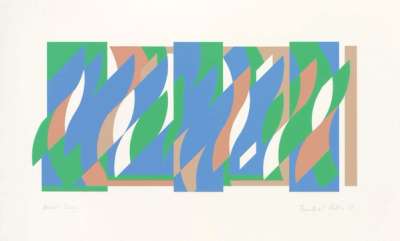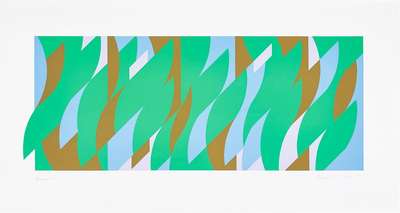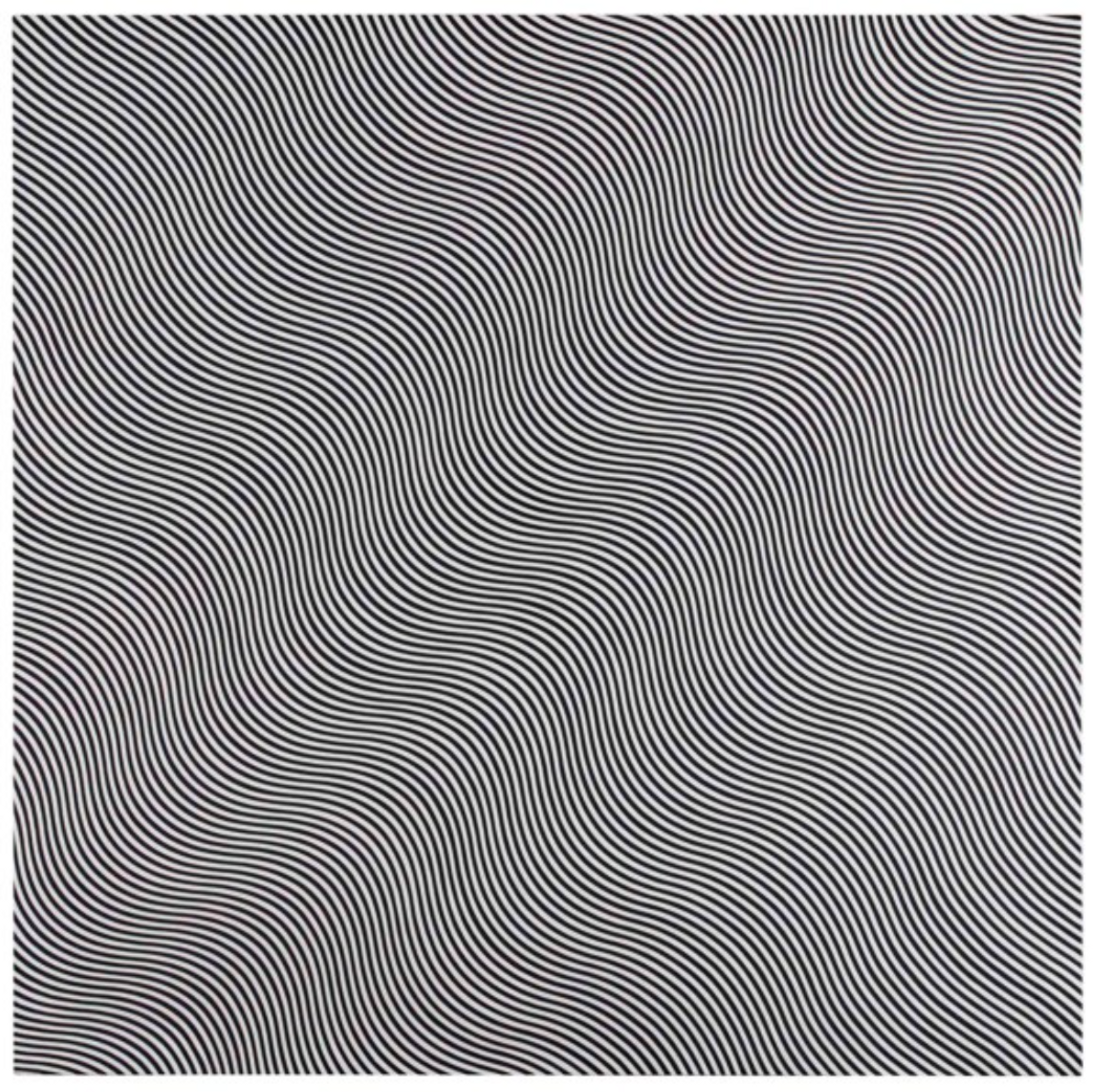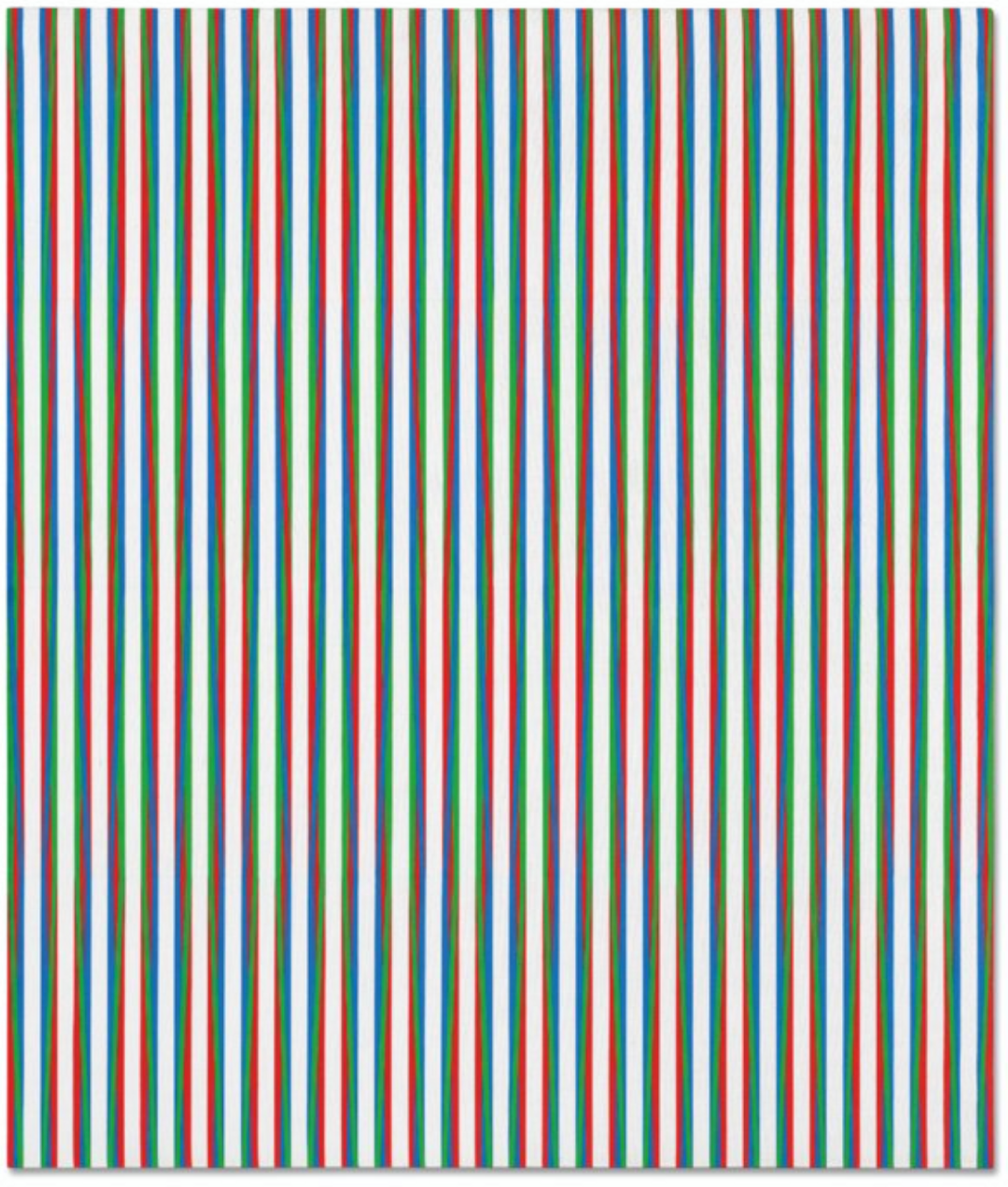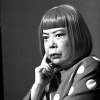Bridget
Riley
Leading the British Op-Art movement, Bridget Riley’s pioneering abstract paintings and prints play with visual perception, geometry, and colour. If you’re looking for original Bridget Riley prints and editions for sale or would like to sell, request a complimentary valuation and browse our network’s most in-demand works.
Bridget Riley art for sale
Discover Bridget Riley prints for sale, exclusively available through our private network of collectors. Explore signed and unsigned screenprints, lithographs, digital prints, and rare editioned proof prints by era-defining blue chip artists.
Sell Your Art
with Us
with Us
Join Our Network of Collectors. Buy, Sell and Track Demand
Biography
Op Art luminary Bridget Riley plays with optical and chromatic phenomena and is a central figure in modern and abstract art. Imploring the viewer to consider how it physically feels to look, Riley constructs geometric patterns which cause perceptual disruption.
Born in Norwood, London, in 1931, Riley's early biography sees her spend most of her childhood in Cornwall and Lincolnshire, going on to study at the Royal College of Art from 1952 to 1955. Initially painting figurative subjects in a semi-Impressionist manner, everything about Riley’s style evolved in the 1960s when she developed the iconic style she is known for today and began to dominate the Abstract Op Art scene in Britain. Op Art explored the dynamic potentialities of optical phenomena and created works that produced a disorientating, dizzying effect on the eye – an effect that has become emblematic of a Riley artwork. Deceptively simple from the beginning, Riley’s jazzy, psychedelic work continues to define contemporary British art.
Riley’s career and success took off at the start of the 1960s. The game changer, as she admits, was her 1961 Movement in Squares. This painting was a ground-breaking moment for the artist, as it marked the start of her journey towards the geometric patterns that define her oeuvre. With its endless dizzying and mesmerising effects, her Movement in Squares set the tone for her future masterpieces.
A second watershed in her career, in 1967 her Stripes series officially introduced colour to Riley’s previously monochromatic black and white works. The stability of the repeated stripe form enabled Riley to explore the visual effects of colour and varying colour combinations in greater depth, expanding her compositions' perceptual and optical possibilities. Distinctive and optically vibrant, the Stripes series is truly iconic.
Following Riley’s precipitous rise to fame, the fashion industry quickly appropriated her zingy geometric designs. Concerned this would damage her artistic reputation, Riley was perturbed. However, as the artist continued to innovate and expand the bounds of her painting formally, her reputation never suffered. Riley progressed to having her first major solo exhibition in 1971 at the Hayward Gallery. Featuring one of her earliest works, the gallery continues to foster a relationship with Riley, presenting the 2019-20 Bridget Riley exhibition nearly five decades later. The National Galleries of Scotland also exhibited Riley’s artworks from June until September 2019, displaying over 70 years’ worth of paintings that defined British art.

